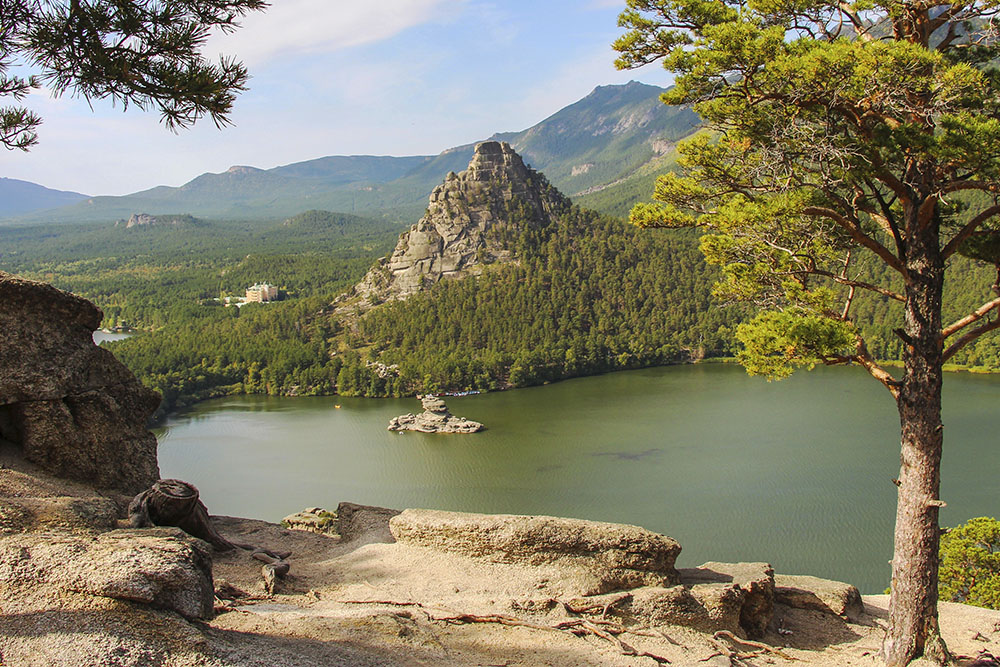For millennial in the mountains of Central Asia the nature created the great number of caves, where each cave is unique in its own way. They differ from each other by their size and depth, geological formations, labyrinths that last for many kilometers, bottomless abysses and the miraculous beauty of the underground halls.
Caves usually Caves are usually formed in readily soluble geological rocks (limestone, gypsum, chalk, salt). Rain and snow waters, by penetrating to the depth of the ground, dissolve the rock, and sometimes create huge underground halls and labyrinths. Water is not only the creator of caves, but also an inexhaustible dreamer-decorator, that decorates ceilings and walls with curious curtains and flowers, stalactites and stalagmites of various shapes and colors.
Caves- are, probably, the only geographical objects on earth, that were not fully observed and that keep many unknown (In contrast to the mountains, the absolute heights of which have long been known).
There are not so many caves in Kazakhstan as in neighboring Uzbekistan, but nevertheless more than a hundred caves have been explored here. Most of the caves of Kazakhstan are located in the mountains of the Western Tien Shan in the south near the borders with Uzbekistan (the Vulzhuri plateau, the Khorzhantau ridge and the Baraldai plateau, the Karatau ridge). The deepest cave in Kazakhstan today is the Ouchirsk cave. Speleological studies are ongoing and it is possible that larger caves will be found in Kazakhstan.
Caves of Kazakhstan with the depth more than 100 m and with the length of more than 500 m
| Name | Depth, m | Length, m |
| Uluchur | 250 | 1500 |
| Susengen | 130 | 560 |
| Spring | 200 | 300 |
| Lenin | 160 | 196 |
Other Caves
Caves of Uzbekistan
Caves of Kakhstan
Caves of Kyrgyzstan
Caves of Tajikistan
Caves of Turkmenistan
The longest caves in the world
The deepest caves in the world







